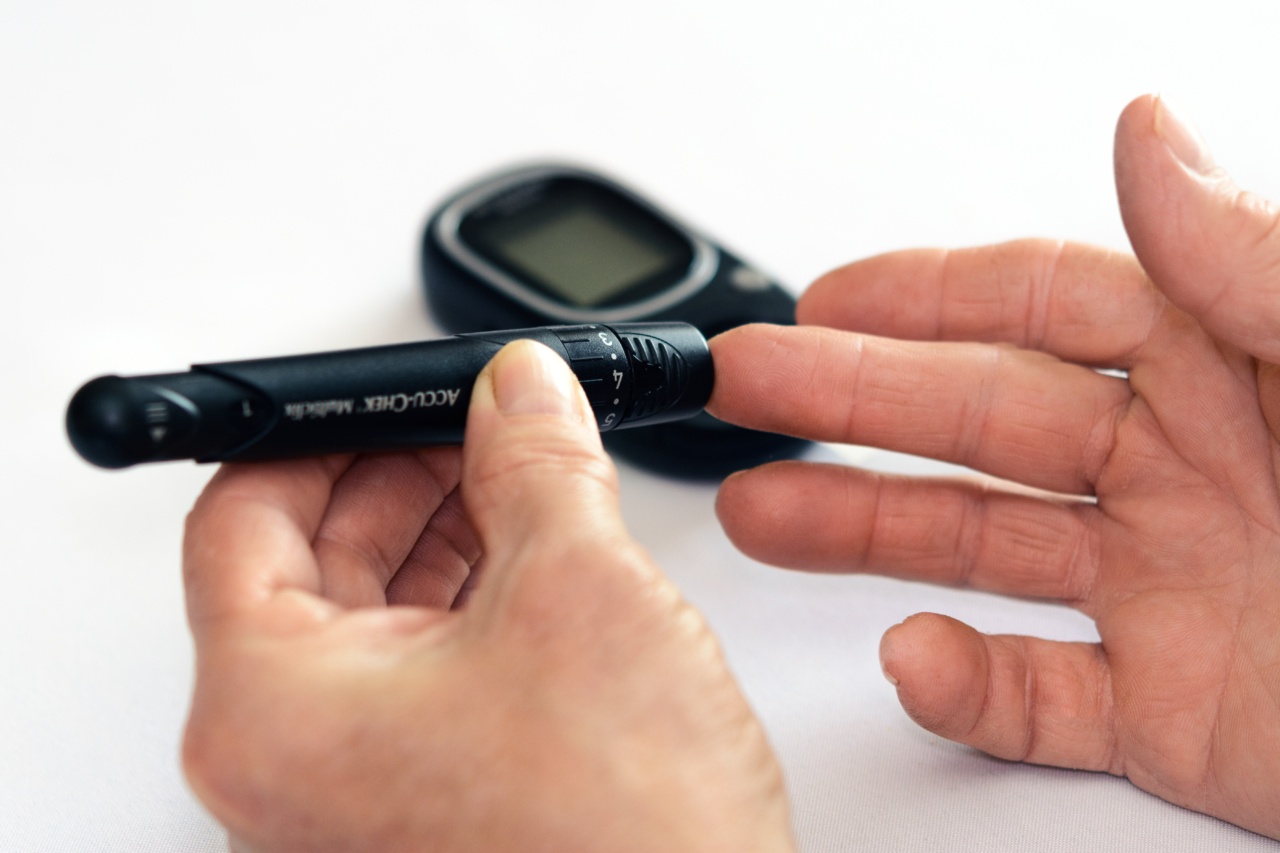As Easter approaches, many individuals with diabetes may be contemplating fasting as part of their religious observance.
Fasting can significantly impact blood sugar levels and overall diabetes management, requiring careful planning and adherence to specific guidelines. In this article, we will explore the do’s and don’ts of Easter fasting for people with diabetes, providing helpful tips and strategies to ensure a safe and healthy fasting experience during the holiday season.
1. Consult with Your Healthcare Team
Prior to embarking on any fasting regimen, it is crucial to consult with your healthcare team, including your doctor and registered dietitian.
They can assess your individual circumstances, review your medications, and provide tailored advice for managing your diabetes during the fasting period. This professional guidance is essential for minimizing potential risks and maximizing the benefits of fasting.
2. Understand the Different Types of Fasting
Fasting practices can vary significantly depending on religious customs and personal choices. Understanding the different types of fasting can help individuals with diabetes make informed decisions. Some common forms of fasting include:.
Intermittent Fasting: Involves alternating periods of fasting and eating, such as restricting eating to specific time windows during the day.
Water Fasting: Involves consuming only water for a predetermined period, typically 24 hours or longer.
Partial Fasting: Involves consuming limited amounts of specific foods or excluding certain food groups from the diet.
Modified Fasting: Involves consuming a restricted diet or specific food choices, such as excluding meat or dairy products.
3. Monitor Your Blood Sugar Levels Regularly
During fasting, it is crucial to regularly monitor your blood sugar levels. Frequent monitoring allows you to track any changes and take necessary actions to maintain stable blood sugar levels.
Ensure you have all the necessary monitoring supplies and keep a record of your readings to share with your healthcare team.
4. Do Not Skip Medication
One of the most important rules for individuals with diabetes fasting during Easter or any other time is to never skip or alter prescribed medications without consulting with a healthcare professional.
Fasting should not be an excuse to discontinue or modify your diabetes medications, as it can result in severe complications. Your healthcare team can guide you on appropriate medication adjustments or alternatives to accommodate fasting while ensuring your well-being.
5. Balance Your Meals when Breaking the Fast
When breaking your fast, it is crucial to balance your meals and make wise food choices to avoid large fluctuations in blood sugar levels. Include a combination of carbohydrates, proteins, and healthy fats to promote stable glucose levels.
Opt for whole grains, lean proteins, and plenty of non-starchy vegetables to support optimal diabetes management.
6. Avoid Overindulging in Sweet Treats
Easter is often associated with sweet treats such as candies, chocolates, and desserts. While it’s tempting to indulge, it is important for individuals with diabetes to limit their consumption of sugary foods.
Rather than completely depriving yourself, choose small portions of healthier alternatives like dark chocolate with a higher cocoa content, sugar-free options, or homemade treats using natural sweeteners.
7. Stay Hydrated
Proper hydration is crucial during fasting periods, as it supports overall well-being and can help manage blood sugar levels. Make sure to drink plenty of water and other non-caloric beverages throughout the day.
Avoid sugary drinks and excessive caffeine, as they can negatively impact hydration and glucose control.
8. Plan Your Meals and Snacks
Meal planning is vital during fasting periods to ensure you are meeting your nutritional needs and maintaining stable blood sugar levels.
Plan your meals and snacks in advance, including portion sizes and timing, to prevent overeating or making impulsive food choices. By having a plan in place, you can effectively manage your diabetes while adhering to your fasting practices.
9. Engage in Regular Physical Activity
Regular physical activity has numerous benefits for individuals with diabetes, including better blood sugar control and overall health improvement.
While fasting, it is essential to continue engaging in appropriate physical activities, ensuring they align with your fasting practices and are in consultation with your healthcare team. Gentle exercises such as walking or yoga can be incorporated into your daily routine without jeopardizing your fasting goals.
10. Break Your Fast if Necessary
While fasting, if you experience symptoms such as dizziness, excessive thirst, weakness, or confusion, it may be an indication that your blood sugar levels are becoming dangerously low.
In such instances, it is crucial to break your fast and consume a balanced meal or appropriate snacks to prevent hypoglycemia. Always prioritize your health and safety over strict adherence to fasting rituals.
As with any aspect of diabetes management, it is essential for individuals with diabetes to prioritize their health and well-being during the Easter fasting period.
By following these do’s and don’ts, and seeking guidance from healthcare professionals, you can enjoy a safe and enriching fasting experience while effectively managing your diabetes.































